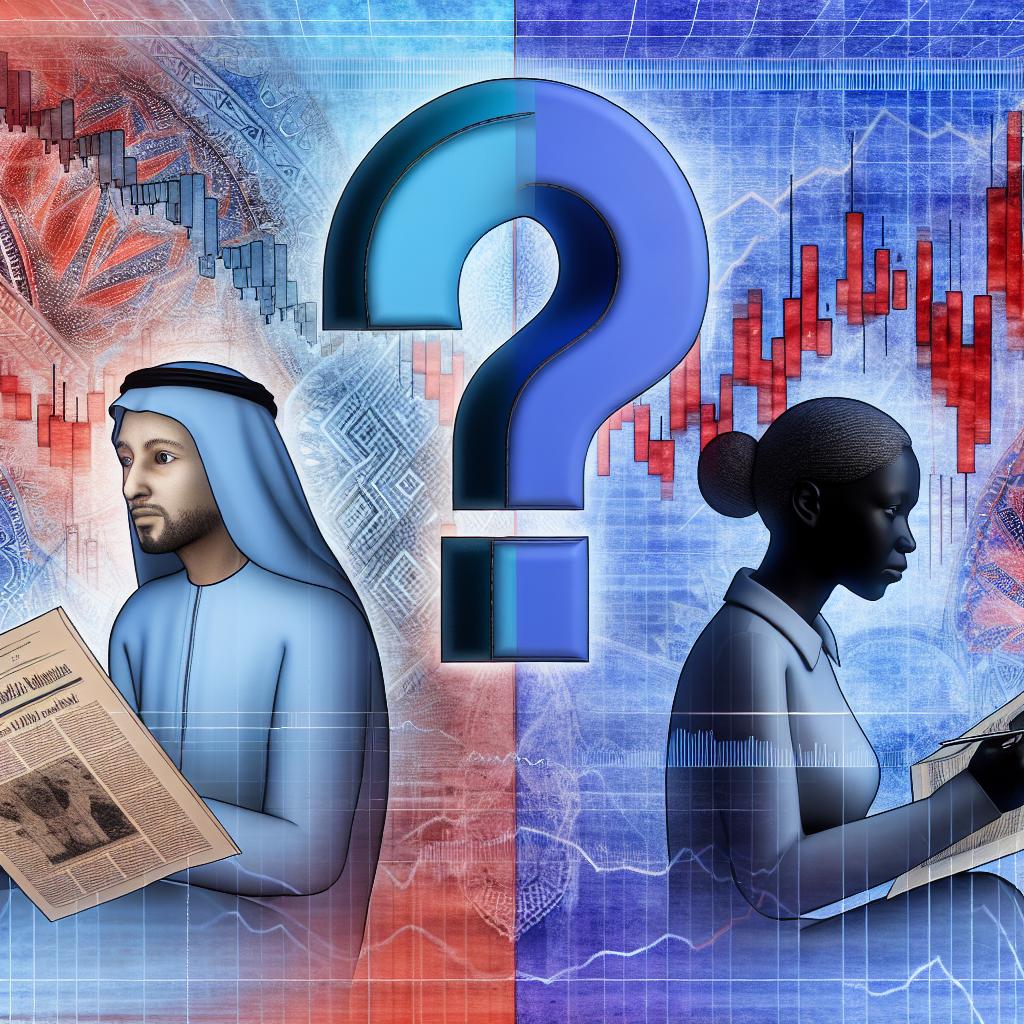How to Use Candlestick Patterns to Predict Market Movements
Introduction to Candlestick Patterns
Candlestick patterns are a time-honored tool employed by traders globally to analyze and make predictions about potential market movements. Originally developed in 18th century Japan, these patterns provide valuable insights into market sentiment, thus helping traders make more informed decisions. In this article, we will thoroughly explore how to effectively use candlestick patterns to forecast market trends.
Understanding Candlestick Structure
At the core of candlestick analysis lies the structure of the candlestick itself. Each candlestick encapsulates a specific period in trading, and its construction is comprised of three primary components: the body, the upper shadow, and the lower shadow. The body of the candlestick reflects the range between the opening and closing prices and serves as a visual cue of the market’s direction during that period. Meanwhile, the upper shadow indicates the highest price reached, while the lower shadow reflects the lowest price within the given timeframe.
Key Components
– The Body: This is the rectangle that forms between the open and close prices. It is the most visually impactful part of the candlestick and tells whether the market moved up or down during that period.
– The Upper Shadow: This thin line extends above the body and denotes the highest trading price over the time period.
– The Lower Shadow: This line stretches below the body and indicates the lowest trading price during the time period.
Candlesticks can vary in appearance. A candle is considered bullish if the closing price is higher than the opening price, usually represented by a white or green body. Conversely, a bearish candle occurs when the closing price is lower than the opening price, typically depicted by a black or red body.
Basic Candlestick Patterns
Candlestick patterns, through their graphical representation, can signal market momentum and trend changes. Here are a few of the more widely recognized basic candlestick patterns:
Doji
In candlestick terminology, a Doji is distinguished by a scenario where the opening and closing prices are almost identical, creating a thin or non-existent body. This pattern represents market indecision and can often be an indicator of an impending market reversal. Traders often interpret the Doji as a potential turning point, especially when identified after a significant uptrend or downtrend.
Bullish and Bearish Engulfing Patterns
The Bullish Engulfing pattern is identified when a small bearish candle is succeeded by a larger bullish candle, essentially ‘engulfing’ the prior one. This formation typically suggests a potential upward shift in trend and is generally seen as a positive signal for traders. Conversely, a Bearish Engulfing pattern arises when a relatively small bullish candle is followed by a much larger bearish candle, indicating a possible downward trend in the market.
Advanced Candlestick Patterns
For traders with a more experienced eye, advanced candlestick patterns offer profound insights into market dynamics beyond what basic patterns provide:
Hammer and Hanging Man
The Hammer and the Hanging Man patterns are notable for their long lower shadows and small bodies. A Hammer, when identified at the bottom of a downtrend, often signifies a potential bullish reversal. In contrast, a Hanging Man, appearing at the apex of an uptrend, suggests a possible bearish reversal.
Morning Star and Evening Star
The Morning Star pattern, which consists of a three-candle formation, starts with a long bearish candle, follows with a small-bodied candle, and concludes with a bullish candle. This series usually signifies a reversal to an upward trend. Meanwhile, an Evening Star pattern serves as an indicator of a downturn, beginning with a long bullish candle followed by a small-bodied candle, and finishing with a bearish candle.
Incorporating Candlestick Patterns into Trading Strategy
Utilizing candlestick patterns effectively requires integrating them into a broader trading strategy. This integration often necessitates considering additional technical indicators and market context. Relying solely on candlestick patterns without other tools can lead to inaccurate predictions. Therefore, combining these patterns with other technical analysis tools such as moving averages, Relative Strength Index (RSI), or volume analysis can significantly enhance their predictive accuracy.
Practice and Patience
Mastering candlestick patterns is not an overnight process; it requires extensive practice and patience. Traders are encouraged to examine historical data and rigorously test candlestick patterns in a simulated environment before applying them in real-market scenarios. This method allows traders to gain valuable experience and refine their strategy without incurring financial risks.
Conclusion
Candlestick patterns are a potent resource in a trader’s toolkit for predicting potential market movements. When understood and applied proficiently, these patterns can vastly improve a trader’s analytical skills and decision-making capabilities. Nevertheless, it is imperative to combine candlestick analysis with other technical indicators and adhere to a disciplined trading strategy to heighten the probability of success. In essence, the practice of interpreting candlestick patterns is both an art and a science, demanding both skillful analysis and strategic approach in the dynamic world of trading.
This article was last updated on: June 9, 2025



